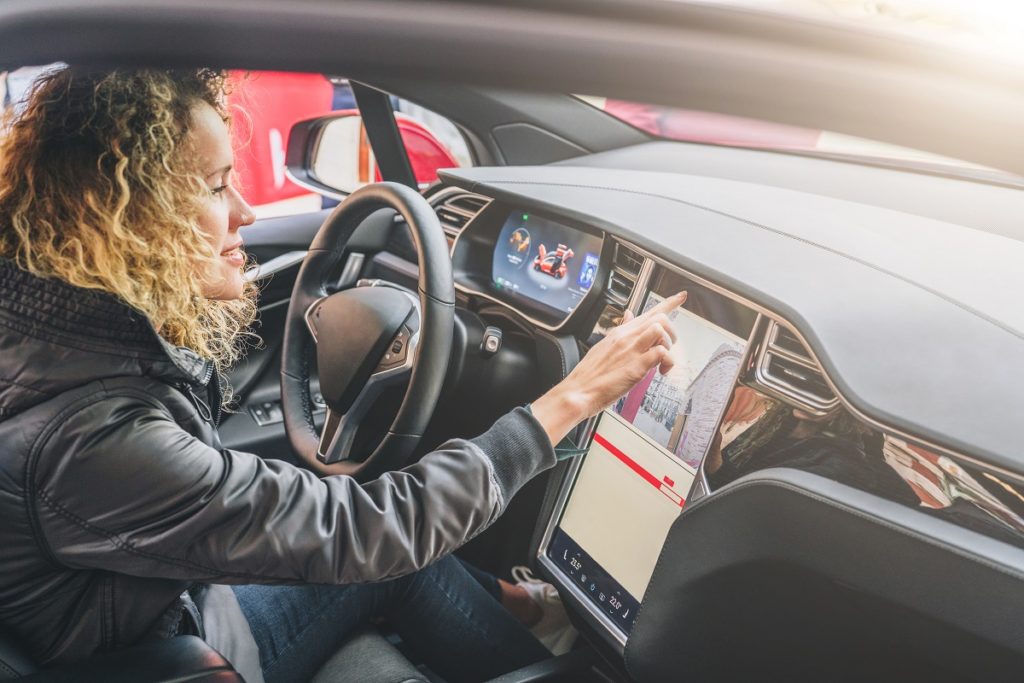From the autopilot features in the latest Tesla models to the ambitious goal of Uber to have driver-less taxis in 13 U.S. cities by 2022, the hype surrounding autonomous vehicles is reaching a fever pitch. Admit it; it also affects you.
Apart
from impressing friends and family with your car from the future, the
possibility of sitting back and relaxing while on your way home is a
dream come true if you live in a high-traffic area. Despite the recent
bounds and leaps these tech and automotive companies have made, however,
some concerns make people question the safety of self-driving vehicles.
Here’s what you need to know before getting behind the wheel of one.
The Problem of Human Error
One
of the biggest selling points of self-driving cars is to take away
human error from the equation. According to the World Health
Organization’s 2018 “Global Status Report on Road Safety,” an estimated 1.35 million die every year due to motor vehicle accidents. In the U.S., 4.5 million people were seriously injured
in 2018 because of auto accidents, a recent release by the National
Safety Council says. And about 36,500 collisions in and around cities
like Kent and Seattle in Washington state resulted in injuries.
Over
94% of these crashes, the National Highway Traffic Safety
Administration stated in their 2016 Fatal Motor Vehicle Crashes
Overview, were caused by human error. It’s these types of cases that
keep personal injury lawyers
busy. With numbers like these, it only makes sense to trust the
accurate calculations of a computer to make decisions for you. It
depends, however, on how much they take over when it comes to driving.
Are We There Yet?

In understanding how close you are to cruising the highway while hurriedly finishing one of your reports for work, it’s essential to understand what autonomy is for these cars and how they operate. Six levels separate self-driving vehicles from regular ones.
- Level 0 – This has no automation whatsoever. You do all the work.
- Level 1 – You get automatic braking and accelerating. The car can automatically keep you in your lane, too.
- Level 2 – Also known as “partial automation,” these cars can help steer you out of danger and even take over in case of an emergency.
- Level 3 – These vehicles can run without the help of a driver in certain conditions, though it does ask the driver to man the wheel again for critical situations.
- Level 4 – You don’t need to pay full
attention to the road while driving since the vehicle will use advanced
systems to monitor it for you. However, it may still require you to
intervene in driving conditions it’s not familiar with.
- Level
5 – There’s a clear line between driver and passenger now. The car is
the former, and you’re the latter because all you have to do is sit back
and relax.
Are we there yet? We’re nowhere near level
4, for sure. One of the most advanced autonomous vehicle manufacturers,
Tesla, has an autopilot system that’s rated at level 2. Though Google’s Waymo cars had level 4 capabilities in one of their tests, they did so in an area that the vehicle was programmed to be familiar with.
No matter how excited we all are to be pampered by our own cars, there’s no need to rush the development of these self-driving machines. When it comes to driver, passenger, and pedestrian safety, it’s much better to take the long road.




